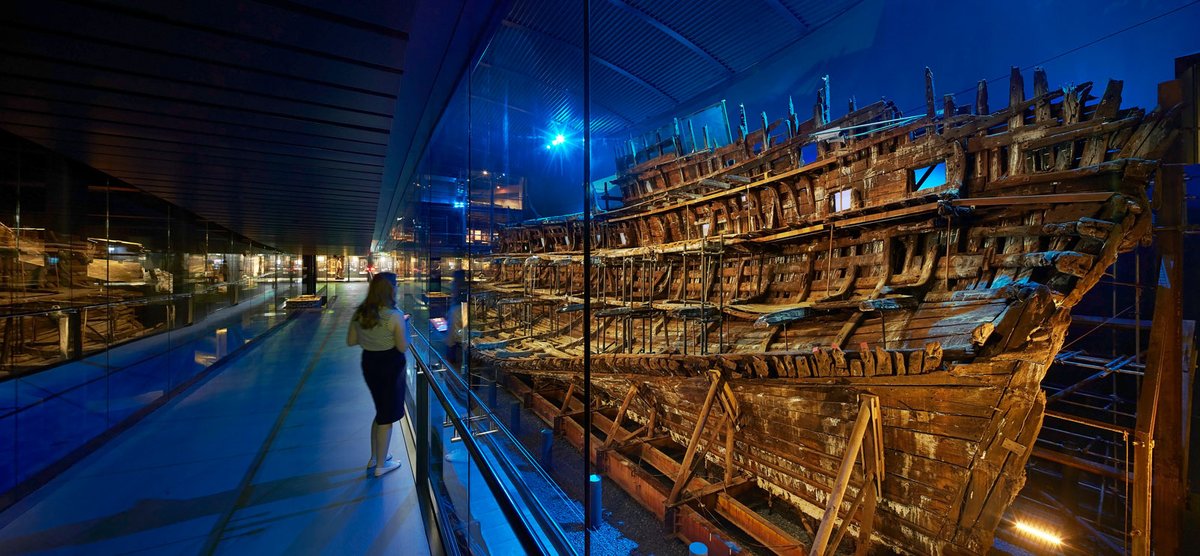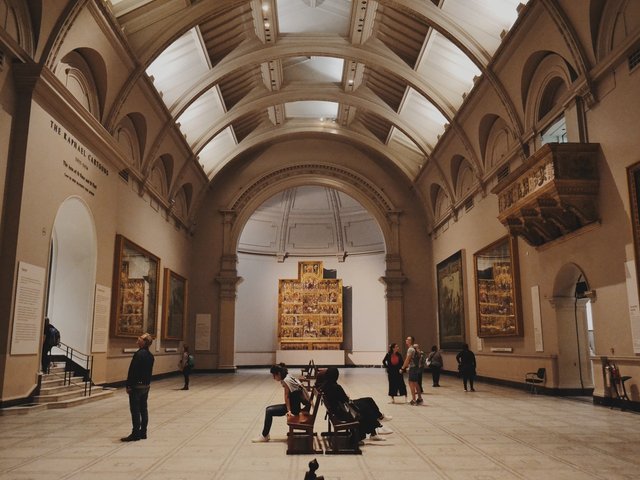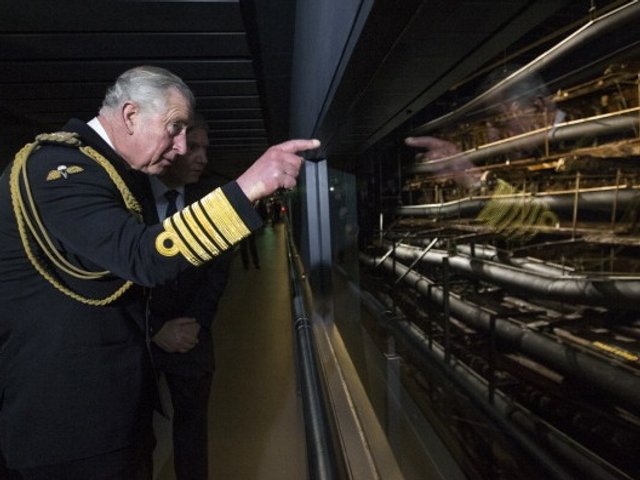The Mary Rose is a true British icon: the flagship of King Henry VIII, sunk dramatically while fighting a massive French invasion. The Mary Rose combines life and death, drama and human endeavour, personal and professional stories, to create an immersive presentation of Tudor life at all levels of society in a purpose-built museum in Portsmouth, on England’s south coast.
The Mary Rose is preserved by an independent UK charity that receives no government or public funding to help with running costs. Ninety per cent of our income comes from visitors, most of it generated during the main April-to-September season. Like many independent museums, the Mary Rose is therefore acutely vulnerable to the impact of visitor downturn or closure.
We fully recognise the importance of containing the coronavirus pandemic and reducing the burden on the NHS. We therefore took the difficult decision to close on 17 March for the foreseeable future.
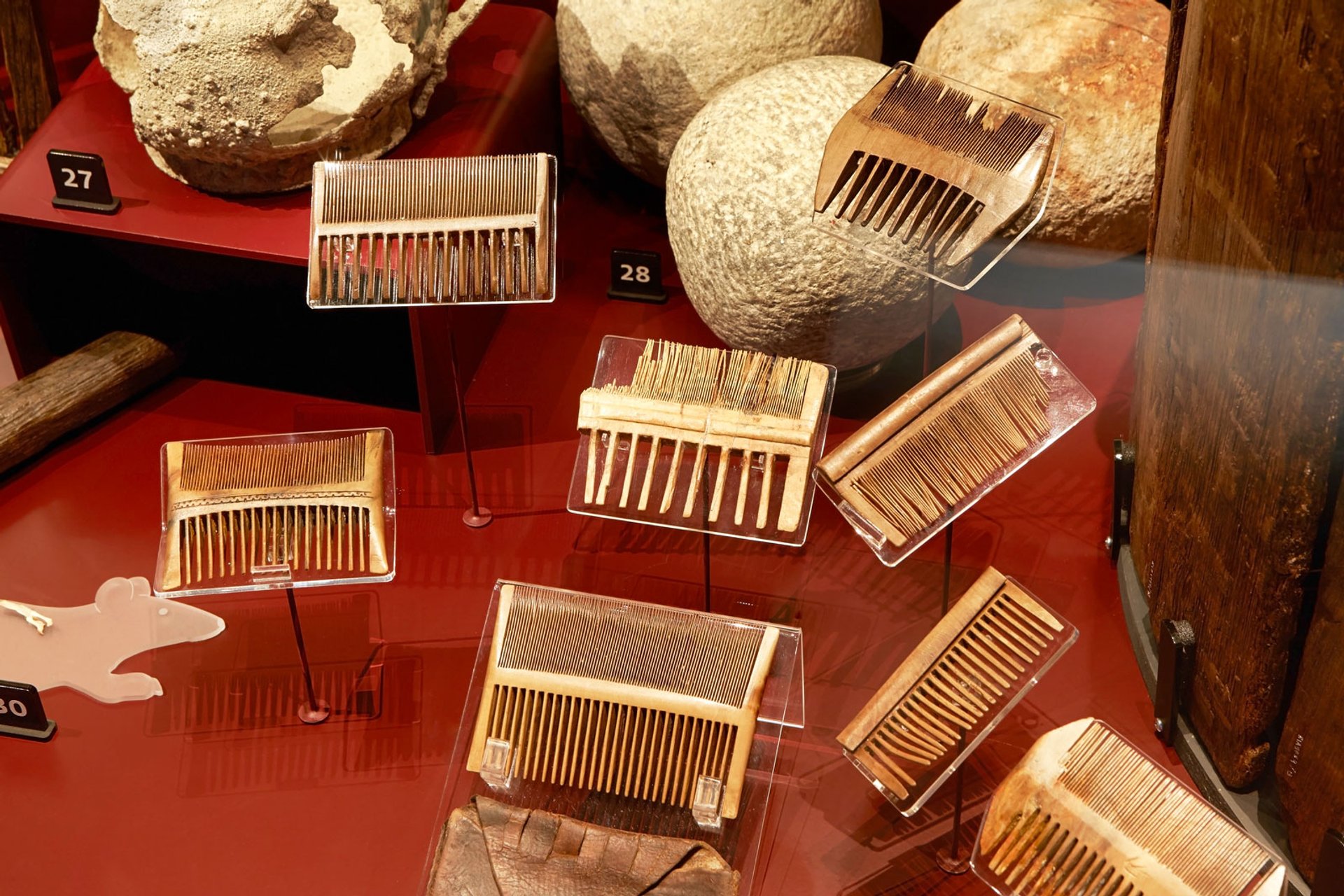
© Hufton + Crow
The Mary Rose Trust’s income for the year is now at critical risk. While closing the museum to the public will undoubtedly save some costs, the majority of costs continue regardless. The 19,000-item Tudor collection must be maintained within set parameters of temperature and humidity throughout the year, involving specialist staff, complex environmental control systems and equipment, and significant maintenance, repair and energy bills.
The scale, fragility and significance of the collection presents an immense financial challenge for an independent museum without government funding. Covering our costs purely through visitor revenue is impossible, so the Mary Rose relies on annual philanthropic donations to bridge the gap.
Conserving the warship and its collection—thousands of archaeological artefacts rescued from the seabed in 1982 after 437 years underwater—has been one of the largest and most complex projects of this type ever undertaken. The collection includes a vast range of organic (wood, leather) and inorganic (iron, bronze, silver, gold, ivory, bone and stone) materials, each requiring specific analysis and conservation treatment.
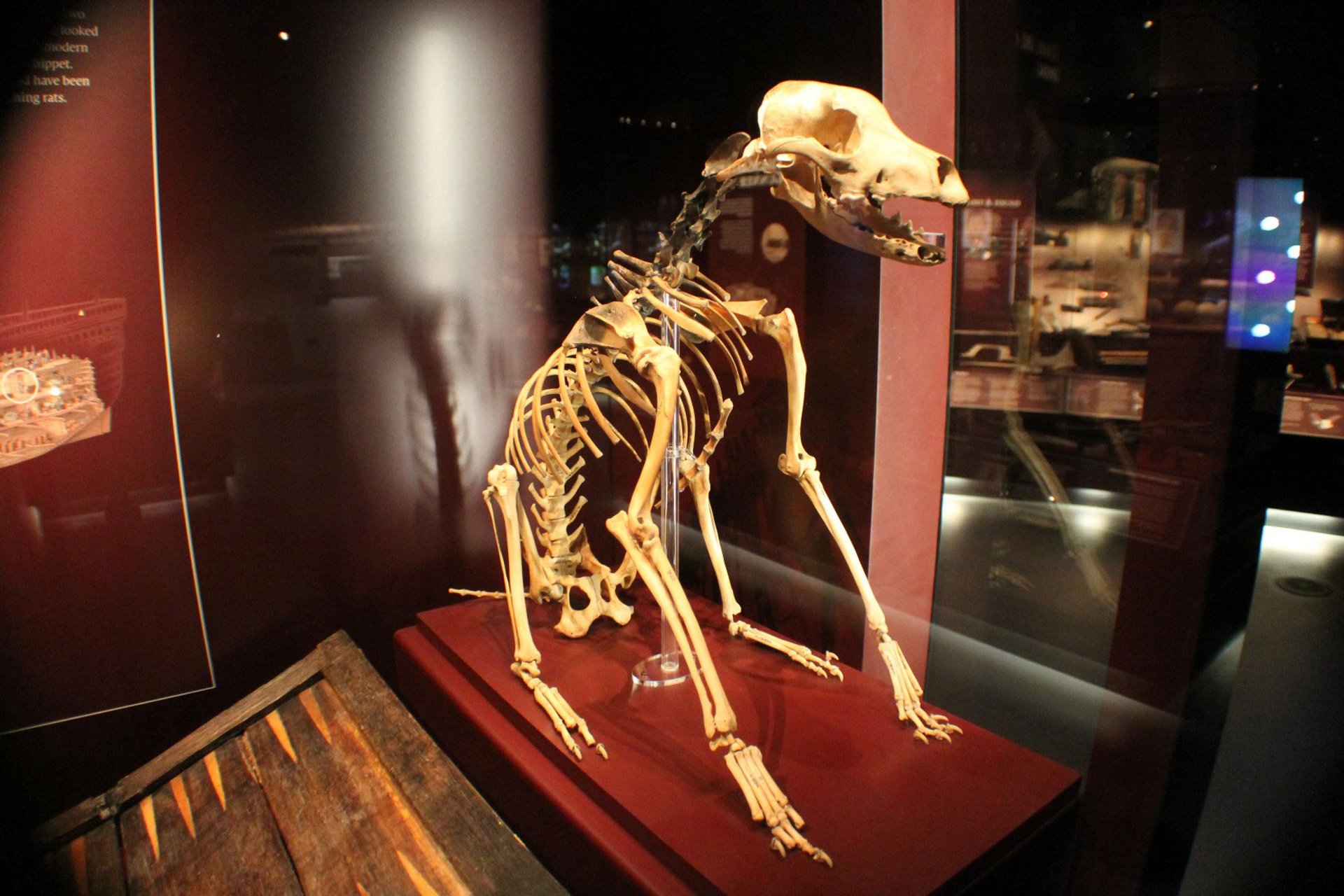
© Mary Rose Trust
Organic artefacts are typically treated with polyethylene glycol and freeze-dried before undergoing surface treatments. Metals such as iron can be more problematic and the Trust undertakes extensive research into items such as iron cannonballs, using synchrotron beam analysis to understand material condition and subsequently devise appropriate treatments. The Trust is also investigating the potential for nanoparticles to draw harmful iron out of archaeological wood to prevent acids forming on the surface of the artefacts.
The clock is now ticking on the survival of independent museums such as the Mary Rose, with the coronavirus crisis highlighting the extreme financial vulnerability of these unique British heritage assets.
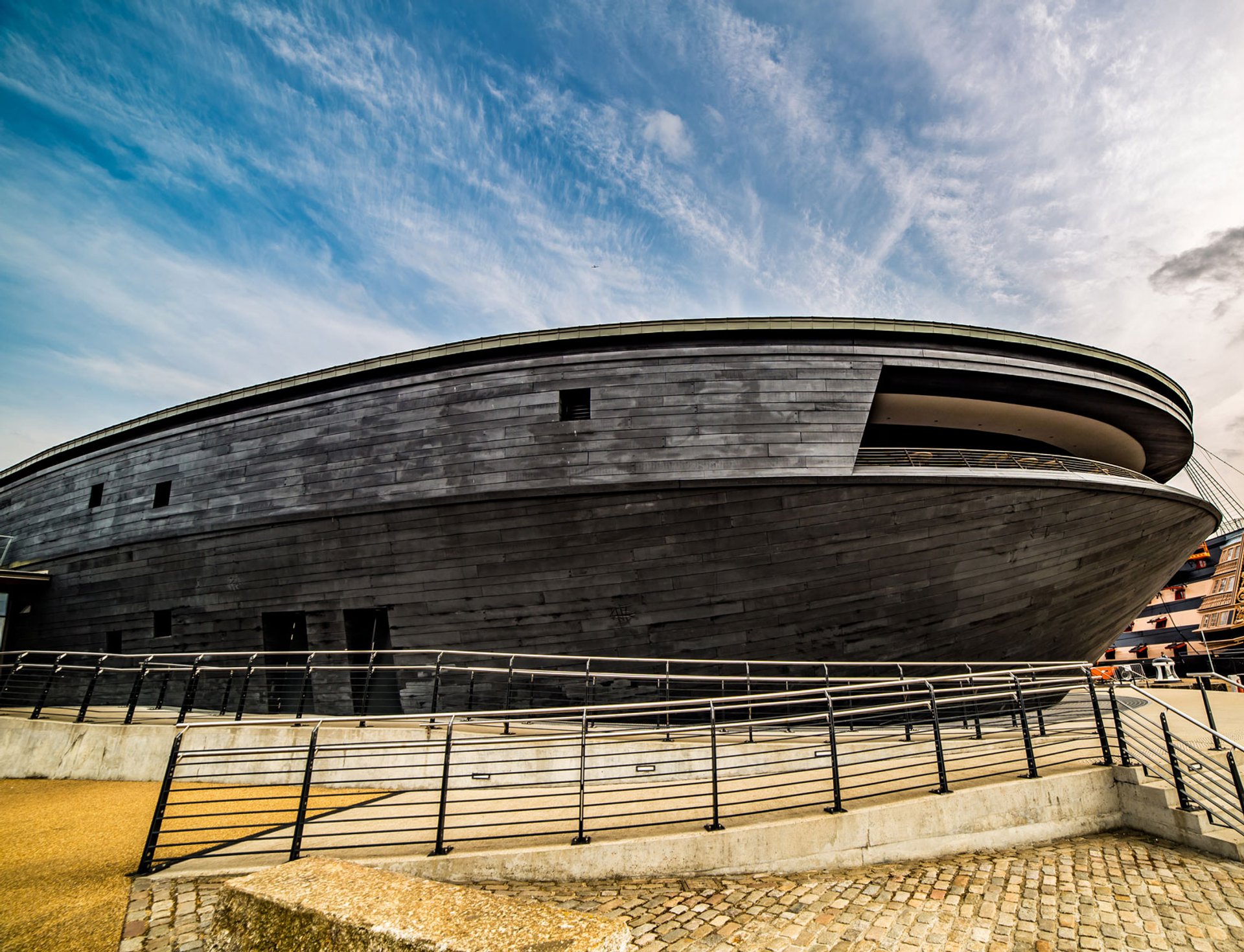
The Mary Rose Museum in Portsmouth has a collection of 19,000 artefacts associated with the ship © Johnny Black
Many of these institutions are dependent on visitor income, so visiting and donating to support their work is crucial to ensure the preservation of their collections for future generations.
We are calling on the UK government to make significant grants available to cover essential salaries and collections care costs during the coronavirus crisis, as well as a comprehensive review of how independent museums are funded for the future.
• You can support the Mary Rose by donating at www.maryrose.org/support-us


